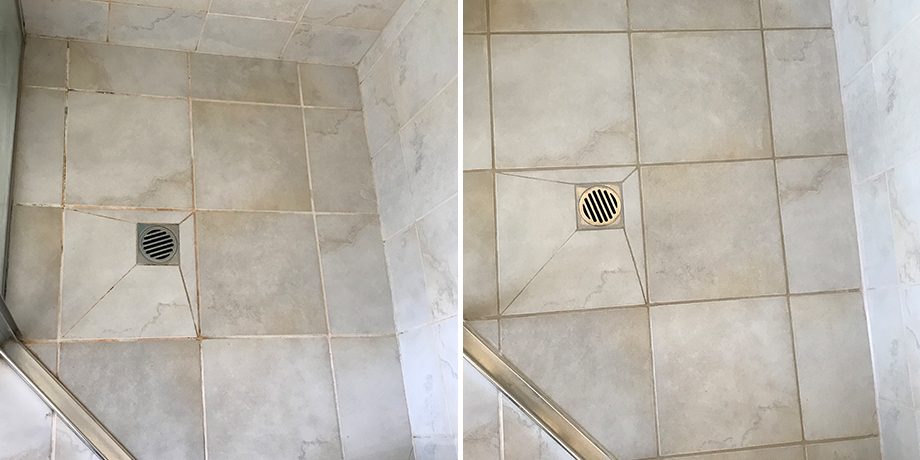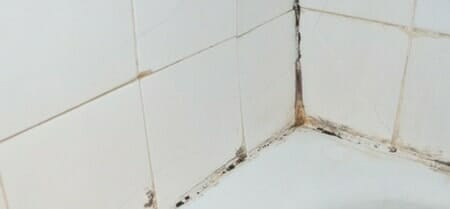What are your ideas regarding How to Repair and Prevent Bathroom Water Damage?

The restroom is exceptionally susceptible for wet accumulation and also potential water damages due to the regular use water in it. This short article uses simple assessment techniques to assist identifying water damage dangers.
The frequent use of water in the washroom makes it extremely prone for wet accumulation as well as possible water damage. By checking it regularly, you can reduce water associated problems.
The following set of assessments is very easy to perform and must be done as soon as in every three months in order to keep your shower room healthy and to prevent prospective water problems brought on by the bathtub, the shower, pipe joints as well as plumbing, sinks, closets, and the toilet
Do not overlook doing these examinations and be comprehensive while doing them. Bear in mind that these easy assessments can conserve you a great deal of cash by providing early indications for water damage
Sinks as well as Cabinets
Sinks as well as closets are subjected to wetness as well as moisture day-to-day and also are usually forgotten. Evaluate regularly under the sink and on the countertop over it. Fix any kind of drip in the catch as it might recommend drainpipe troubles. Check out the sink, slow-moving draining pipelines might show an obstructed drainpipe. Change sink seals if they are broken or loose.
Tub as well as Shower
The shower as well as bathtub require special attention and upkeep. Examine the ceramic tiles as well as replace if cracked. Make sure that there is no missing cement in between the floor tiles. Check as well as replace broken caulking at joints where the walls meet the flooring or the tub. Clogged drains pipes as well as pipes problems will certainly stop the bathtub from drying out as well as may indicate severe issues beneath the bath tub. Talk to a professional promptly to avoid structural damage. Pay attention to stainings or soft areas around the bathtub wall surfaces as they might suggest an inner leak.
Plumbing
Signs for water damages are difficult to spot since the majority of pipelines are installed inside the wall surfaces.
Pay unique attention to floor covering and also walls dampness and also stains as they might indicate an unseen plumbing issue. Examine wetness degrees in adjoining areas also.
The Commode
The bathroom is an at risk water junction. Examine the water lines and look for leaks around the bathroom seat, in the hose, as well as under the water tank. If you discover any indications of dampness on the floor around the commode, check for leakages in the toilet rim as well as storage tank seals.
Be aware that hanging bathroom bowl antiperspirants increases the opportunities for clogs.
Water Damage Signs In The Bathroom To Avoid Cleanup
Musty smell
This is one of the easiest signs to catch because musty smells are so odorous. The damp, earthy, moldy smell should be a big red flag. The smell will develop when moisture gets trapped in surfaces, and begins to facilitate mold growth. Leaking pipes under cabinets, inside walls, and behind shower fixtures will cause moisture to stay trapped and not dry, which will lead to mold growth and spread. As soon as you notice any musty smells in your bathroom, have it checked for hidden water damage and cleanup signs.
Visible mold
If the smell isn’t there to give it away, sometimes you will actually see mold growth. Finding mold in your bathroom is a serious problem, because mold is very harmful to your health. By the time mold growth is visible, it also means that water damage has already occurred and been present for some time. The only way the mold problem can be resolved is to find the source of the moisture and get it stopped. To safely and adequately remove mold, you need to have professionals handle the remediation. Do not waste any time in getting mold problems addressed, fixed, and sanitized so that you can protect you and your family from the many respiratory symptoms caused by mold exposure.
Damaged floors
Bathroom floors should be able to withstand some exposure to water while still remaining in good condition. However, when excess exposure or water leaks occur, they will begin to damage even the most water-resistant flooring. If you notice any cracking, bubbling, staining, or warping on your bathroom floors, there is probably a water leak somewhere causing the distortion. If you notice areas of the floor have become softer, or even have a spongy feeling, there is probably damage to the subfloor. Subflooring is typically made up of plywood. When plywood is exposed to water or moisture, it will absorb it. Once it has become saturated, the weight of the excess water will cause the wood to swell and soften. Check the floors in your bathroom frequently to catch any of these sings before they lead to damaged subflooring.
Changes on walls
When water leaks behind walls, it will cause changes in the drywall. Peeling plaster, blistering paint, and soggy wallpaper are all good indicators that excess water is building up behind the wall. Water leaking behind drywall will cause it to swell and be soft to the tough. If you start to notice gaps along the trim of your walls, or where tile meets the wall, it could also be a strong indicator that there is a leak behind the wall. Any changes, distortion, or damage on the walls should be evaluated as soon as you notice it to prevent further water damage and cleanup.

I came across that piece about How to Prevent Bathroom Water Damage when doing a lookup on the search engines. Appreciated our review? Please share it. Let another person locate it. I am grateful for your time. Don't forget to visit our website back soon.
Schedule Appointment Now